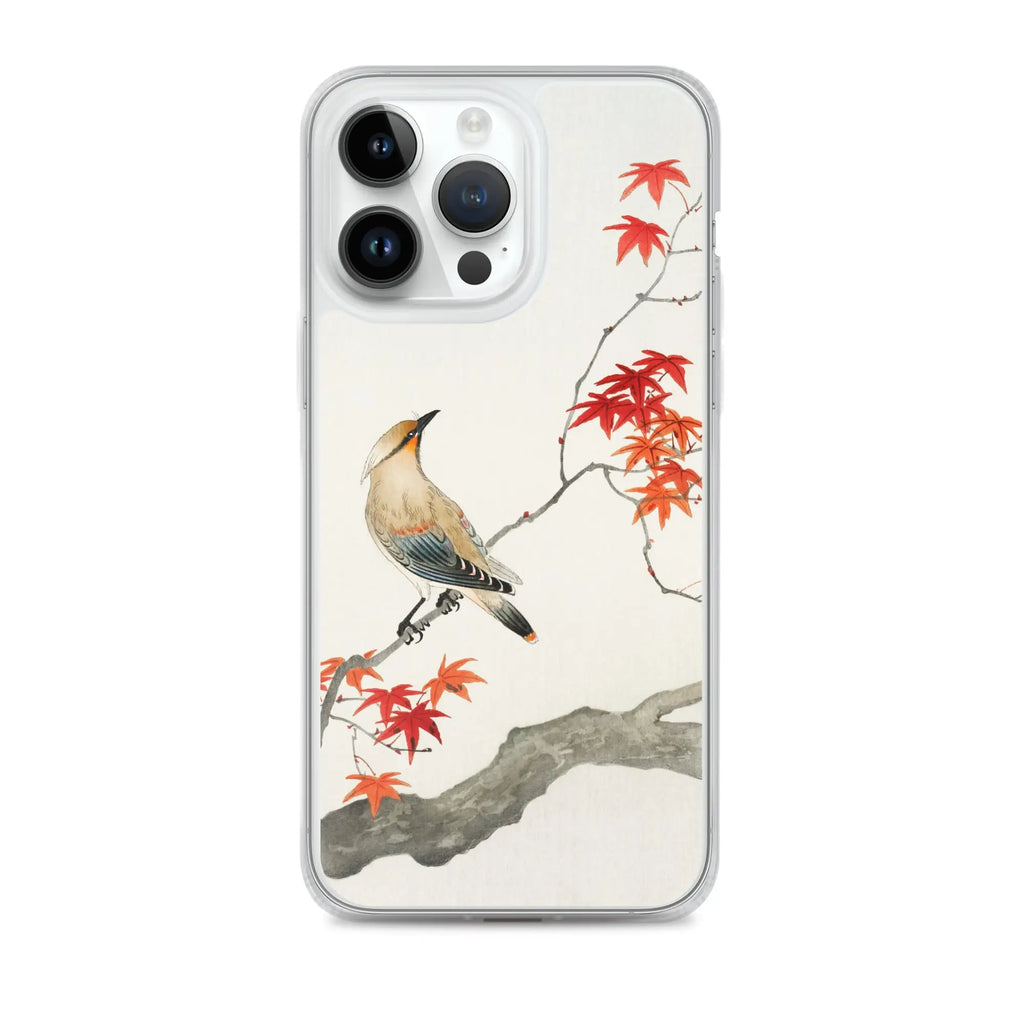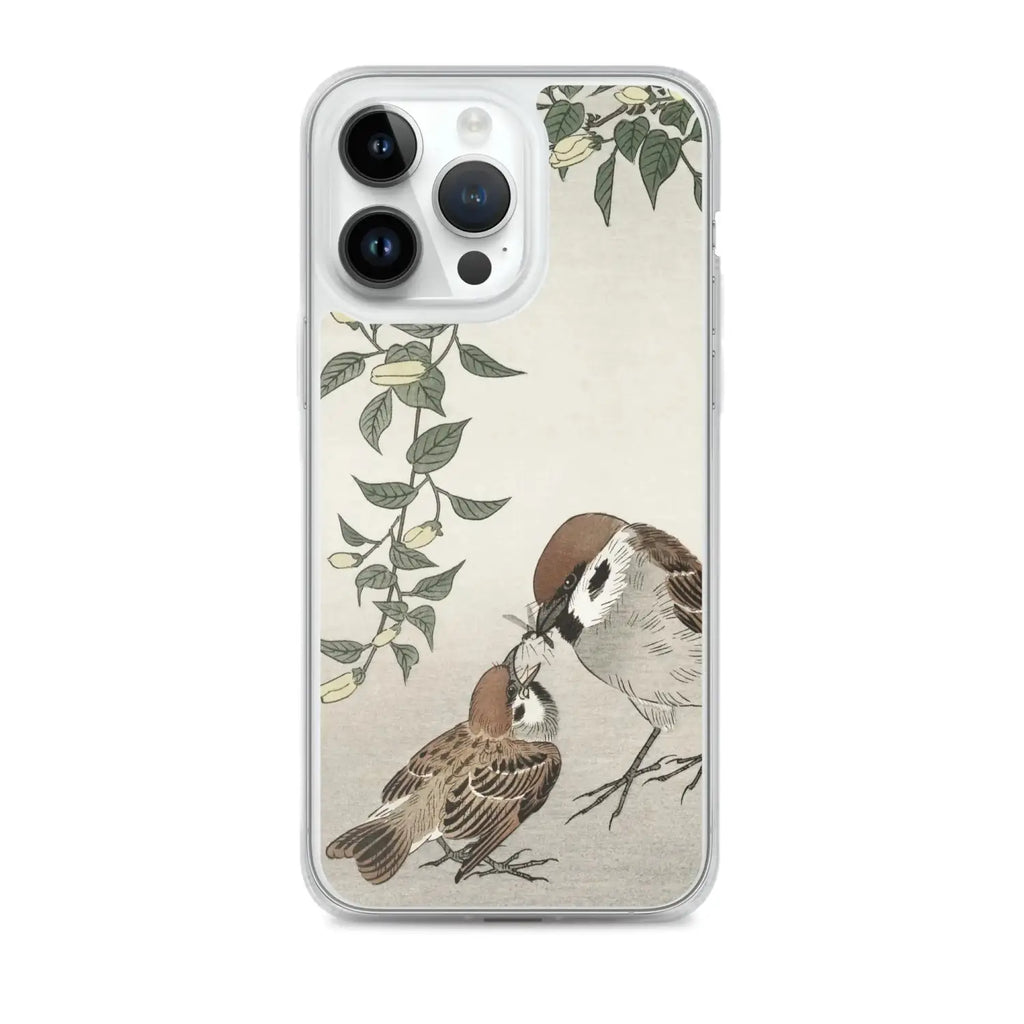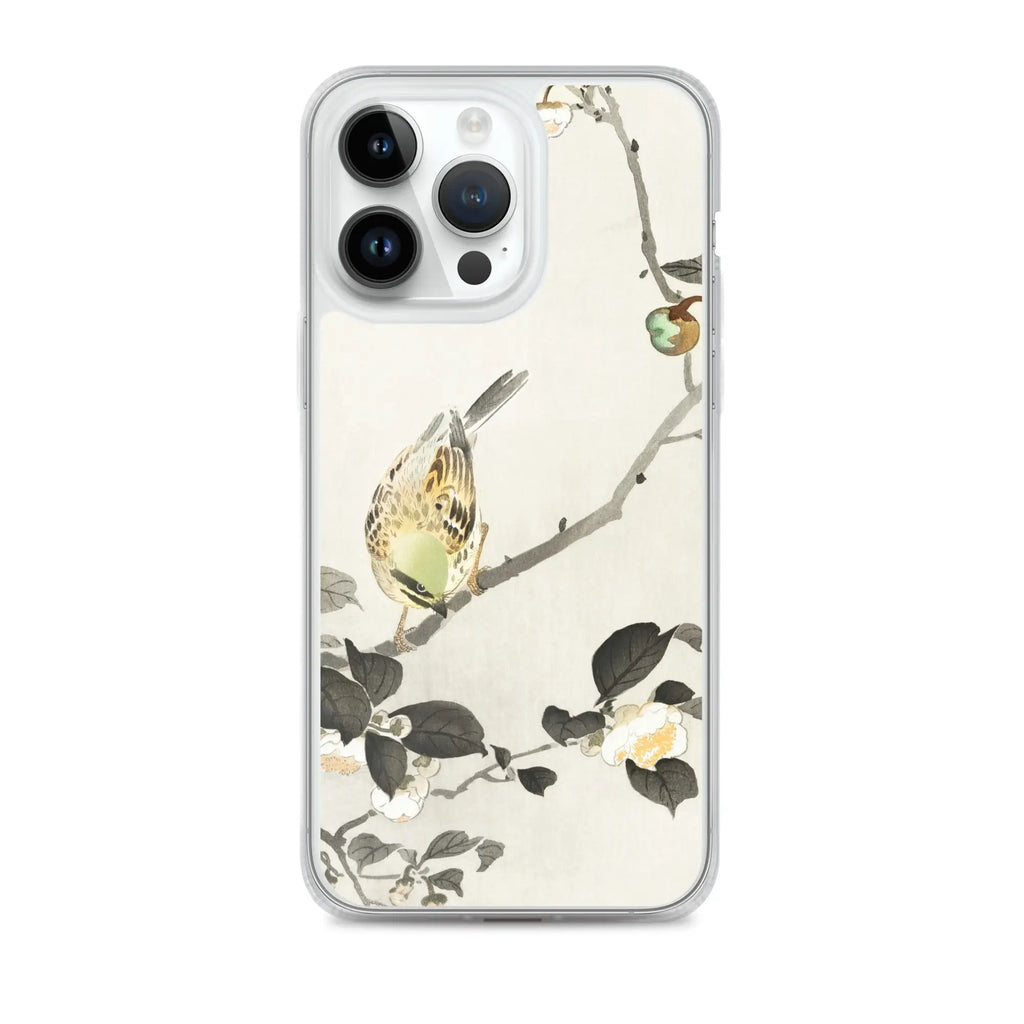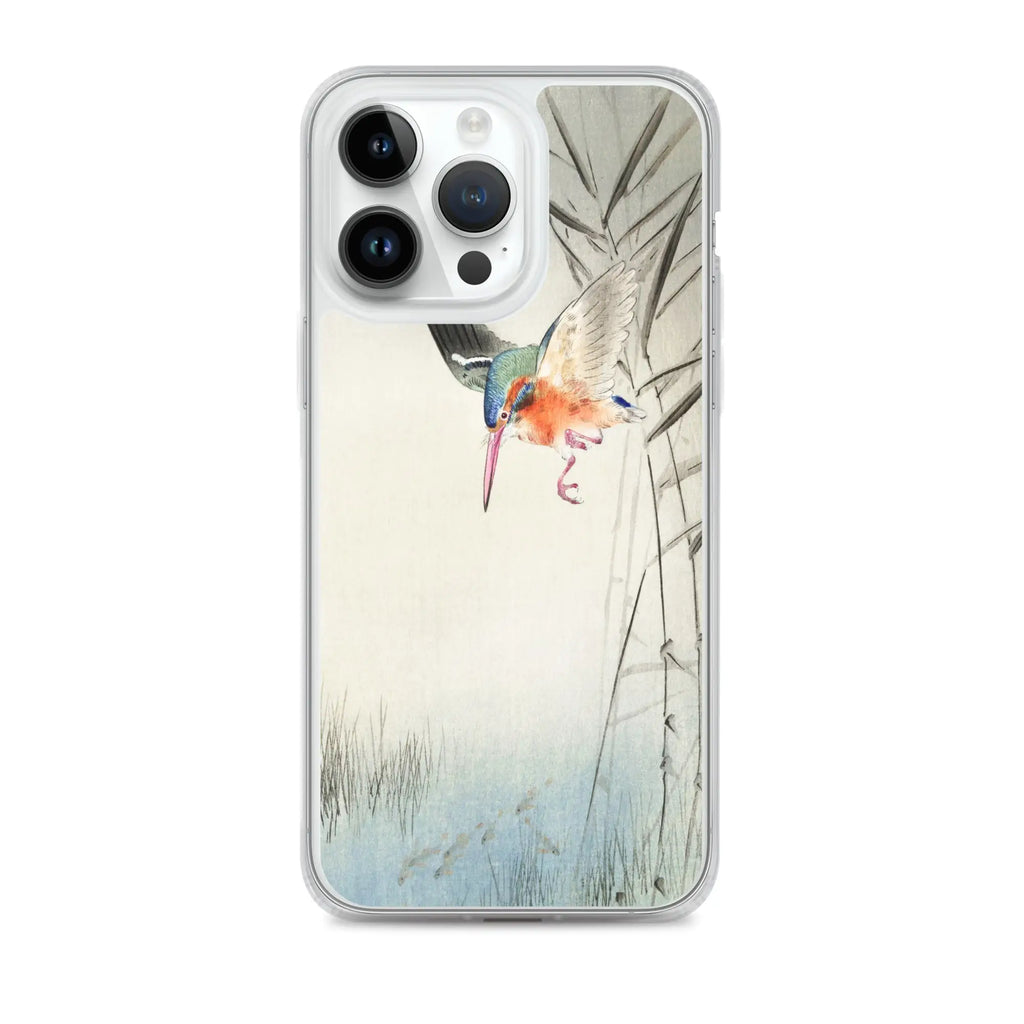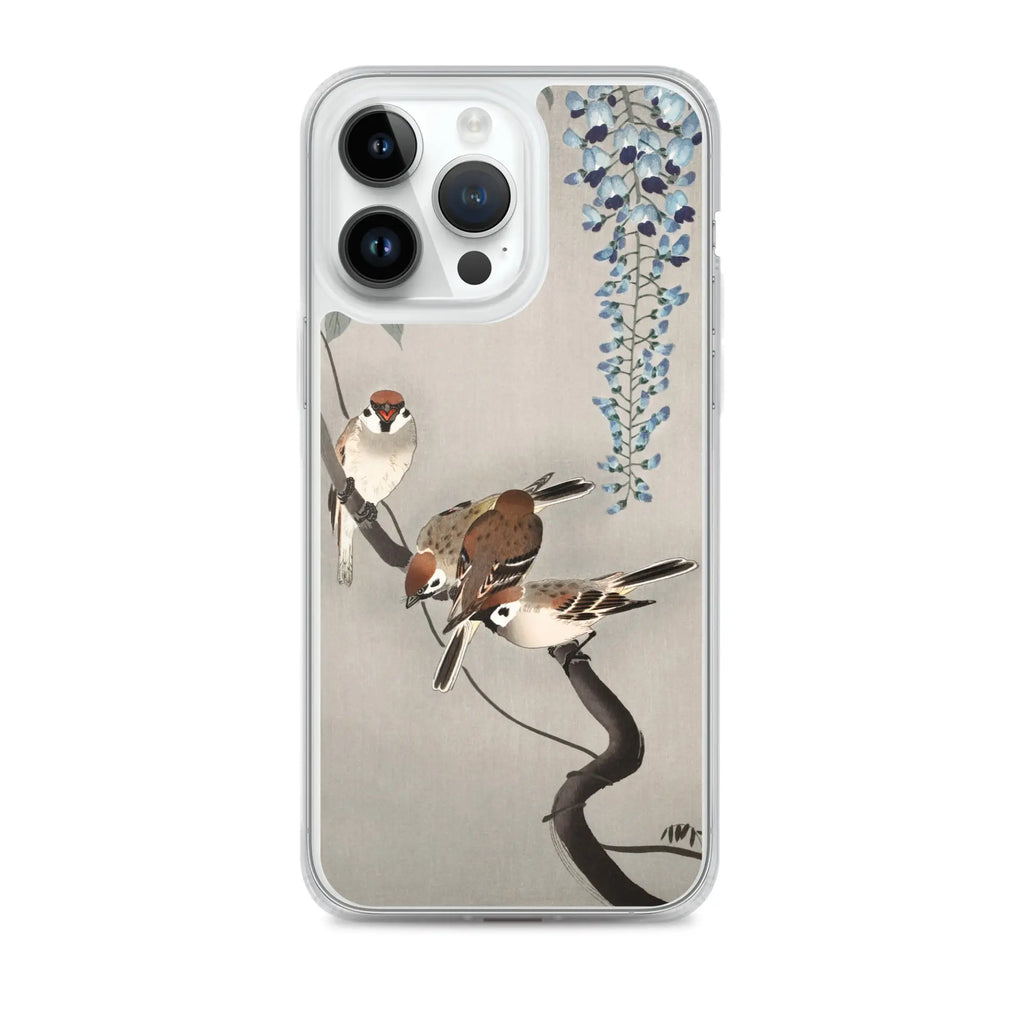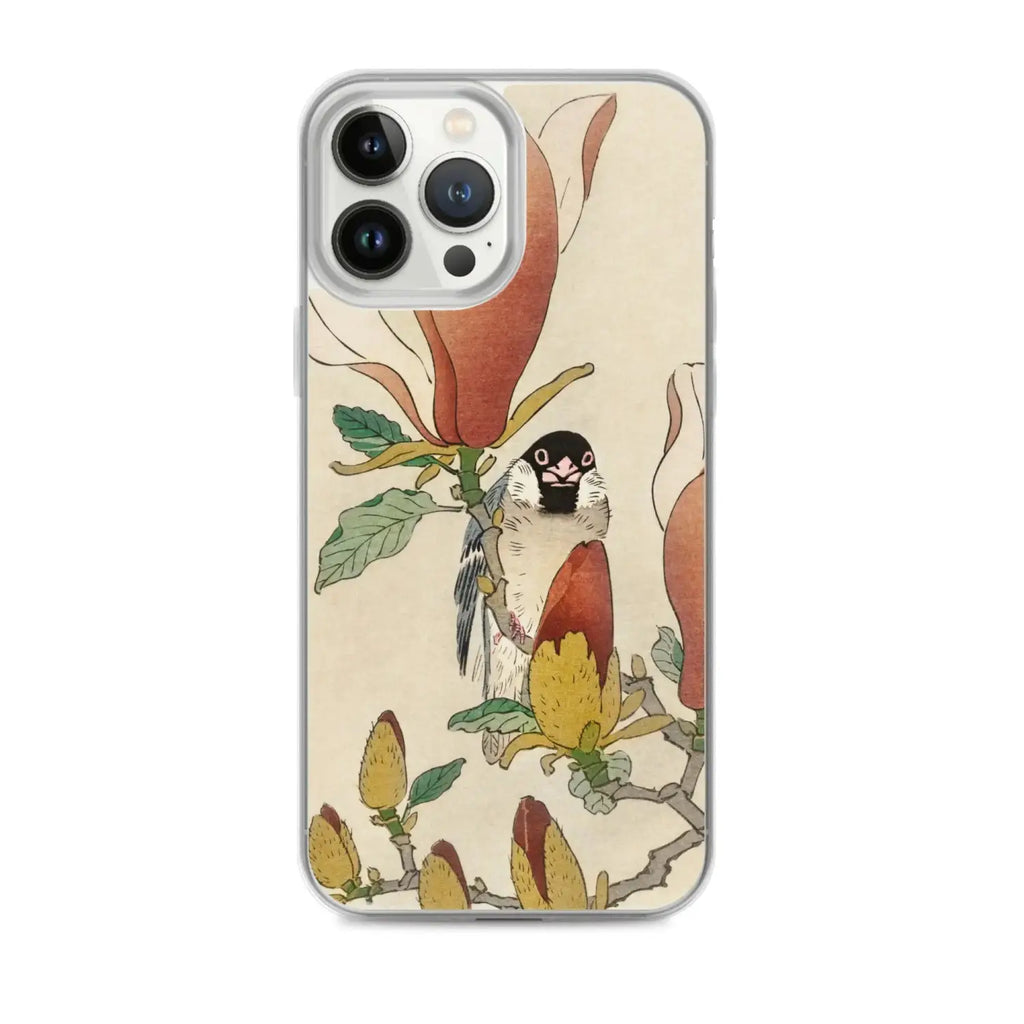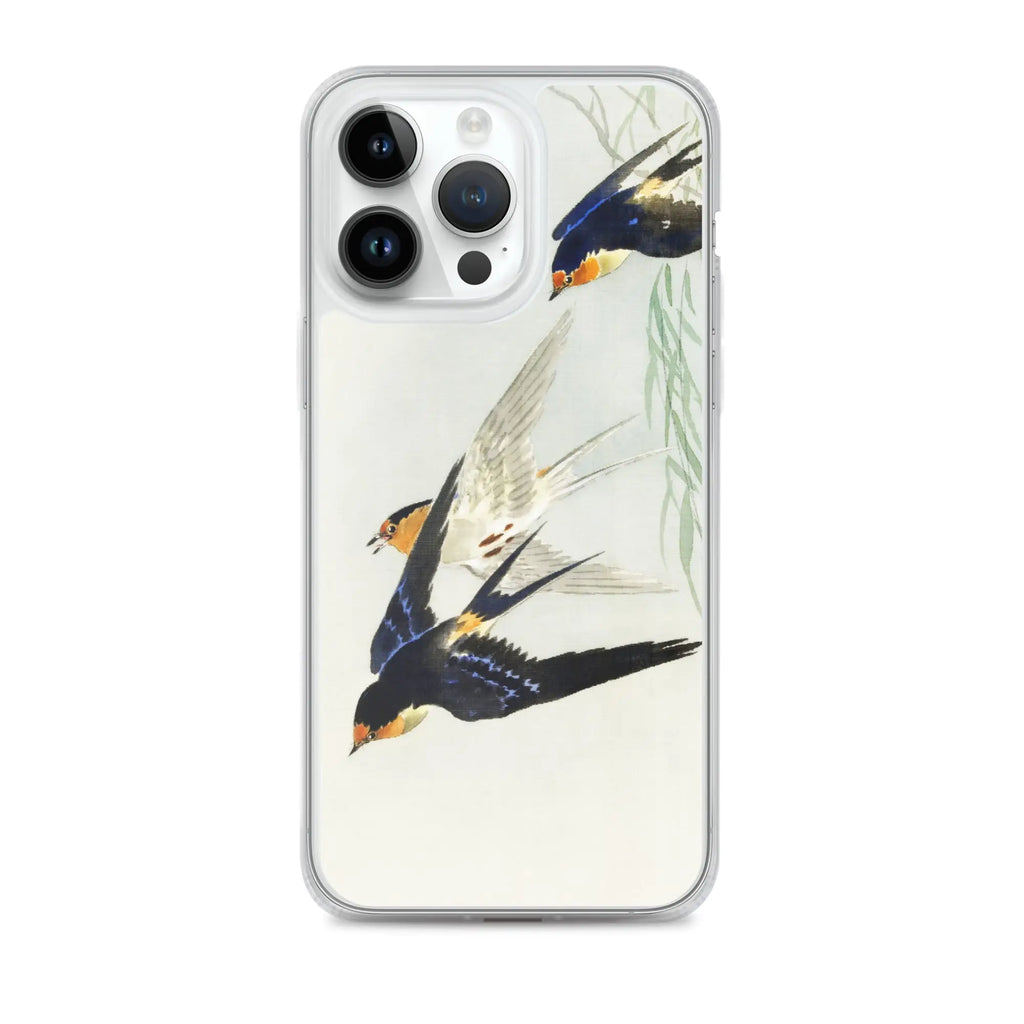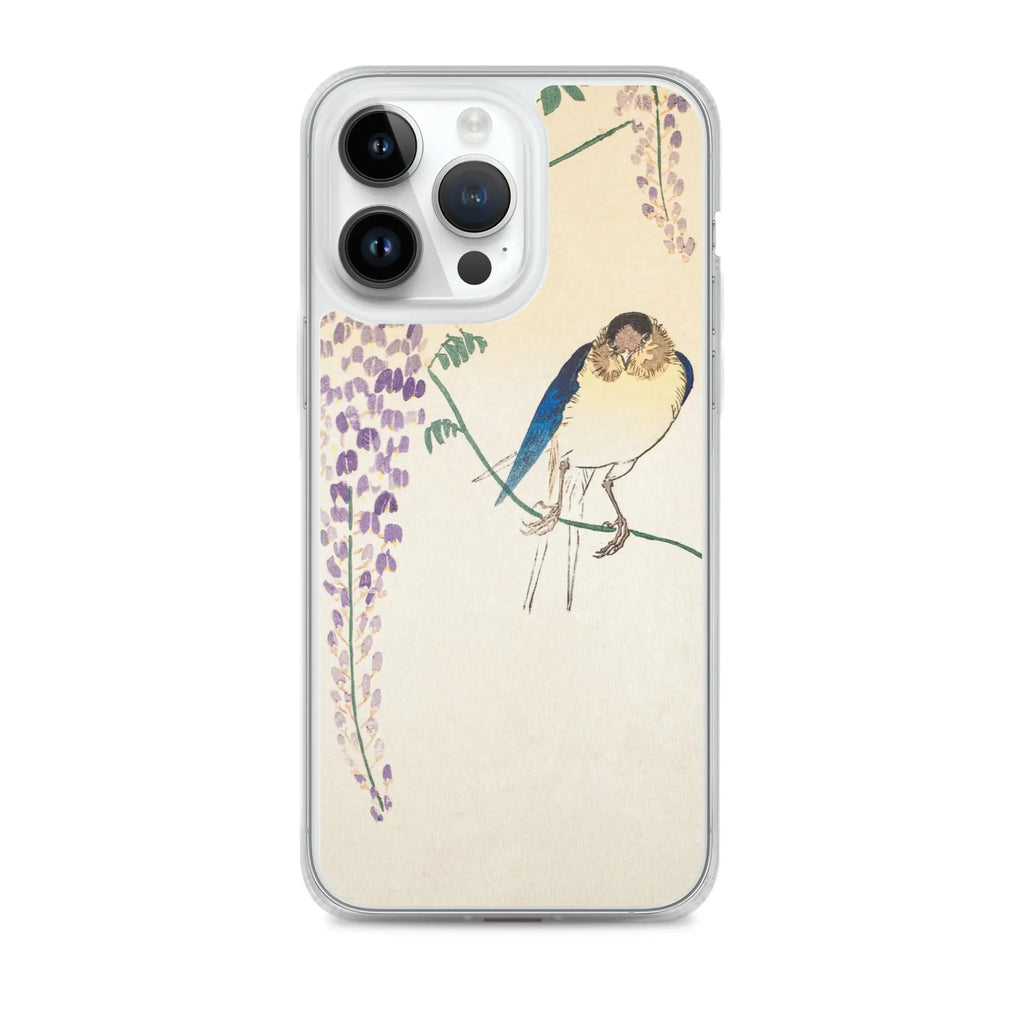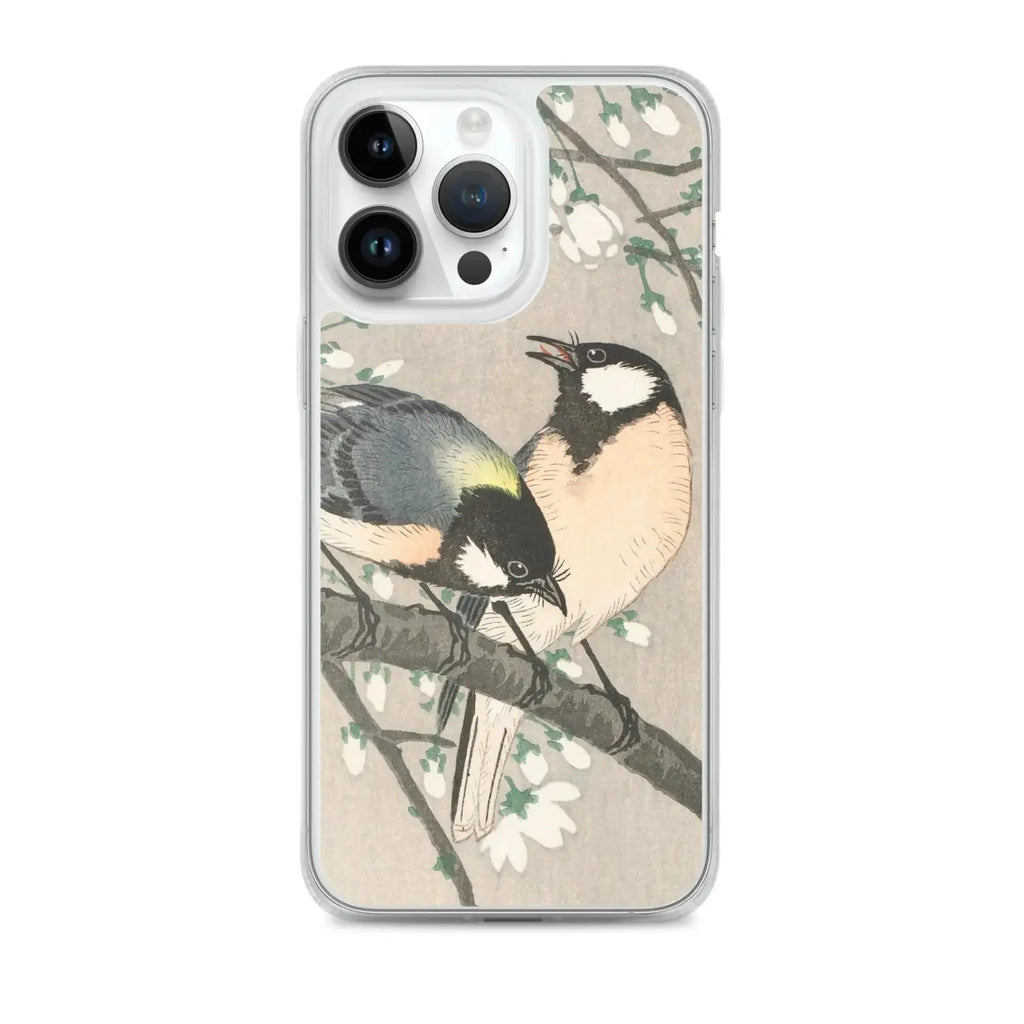迷人的日本鸟类艺术手机盒来自Ohara Koson
日本木制艺术印刷X智能手机配件
观鸟是一种流行的消遣,几个世纪以来一直在世界各地的人们享用。尤其是日本,拥有将鸟类融入其艺术和文化的悠久历史。奥哈拉·科森(Ohara Koson)就是这样一个脱颖而出的艺术家,他在1900年代初为申汉(Shin Hanga)运动做出了重大贡献。
Shin Hanga的意思是“新印刷品”,其特征是使用传统的木刻技术,但具有现代化的扭曲。 日本木块 近年来,由于其独特的外观和传统根源,印刷也被称为Ukiyo-E越来越流行。
日本鸟类手机盒已成为一种新趋势,将这种文化纳入日常生活。例如,托比伦(Tobyleon)有一系列受启发的电话案例 Ohara Koson的 将日本传统艺术与现代技术相结合的艺术品。在此列表中,我们将回顾最好的日本鸟 由Ohara Koson启发并解释的艺术手机盒 他们如何使客户受益。
1.
日本鸟在枫树上的ohara koson iPhone盒
这 日本鸟在枫树上的ohara koson 手机盒的特色是栖息在枫树分支上的鸟的优雅插图,颜色为绿色和黄色。艺术品让人想起日本传统的艺术风格,同时拥有现代风格。手机盒由耐用的塑料制成,具有纤细的设计,使其易于握住并贴合您的口袋。
此手机案的主要好处是其美学吸引力;它非常适合鸟类爱好者或对日本艺术感兴趣的任何人。详细的艺术品在视觉上很复杂且令人惊叹,这使它成为了很棒的对话。此外,手机壳非常有用,非常适合那些希望保护手机免受日常磨损的人。
2.
Ohara Koson iPhone Case喂食的鸟类
这 Ohara Koson喂食的鸟类 电话盒的插图说明了母鸟喂养婴儿,营造出宁静而宁静的氛围。柔和的调色板会产生平静的效果,使其非常适合任何寻求和平手机盒的人。与枫木手机盒上的日本鸟相似,该产品由耐用的塑料制成,并带有纤细的轮廓。
此手机案的主要好处是它的宁静设计唤起了和平与宁静。它非常适合那些喜欢生活中简单事物并希望在其设备中反映出来的人。尽管外观微妙,但此手机盒仍然引人注目,并且一定会引起他人的注意。
3.
ohara koson iPhone盒的日本鸟
这 日本鸟在分支上的ohara koson 手机盒拥有栖息在树枝上的鸟的精心插图。图像的鲜艳色彩和细节是中心舞台并捕捉观众的眼睛。手机盒由带有TPU衬里的硬塑料外壳制成,以增加保护。苗条的设计使其实用和时尚。
此手机盒的主要好处是其引人注目的图像。华丽的设计借鉴了日本传统的艺术,体现了自然界美的本质。此外,手机外壳本身为您的设备提供了额外的保护,而不会损害外观。
4.
Ohara Koson iPhone Case的翠鸟狩猎
这 Ohara Koson的翠鸟狩猎 电话盒代表着狩猎翠鸟的所有荣耀。色彩缤纷的设计是大胆而鼓舞人心的,产生了一种能量和活力的感觉。手机箱也由高质量的材料制成,并为您的手机提供最佳保护。
此手机案的主要好处在于代表翠鸟的力量。它使您可以随身携带力量和力量的象征。对于那些需要增强信心的人来说,该设计确实令人鼓舞和完美。
5.
Ohara Koson iPhone Case的Wisteria戒指麻雀
这 Ohara Koson的Wisteria的戒指麻雀 手机盒的特色是栖息在紫藤分支上的环形麻雀的图像。手机盒的明亮粉红色色调立即引起您的眼睛,并创造温暖和宁静。手机盒由可靠的材料制成,具有耐滴的设计。
此手机案例的主要好处是它的开朗调色板激发了喜悦和积极的感觉。详细的插图非常适合那些欣赏经典的人 日本艺术 样式。令人愉悦的美学和功能的结合使其成为任何电话所有者的绝佳选择。
6.
Ohara Koson iPhone Case上的木兰木兰分支上的麻雀
这 Ohara Koson的Sparrow在Blooming Magnolia Branch上 电话盒展示了一张麻雀放在盛开的木兰分支上的图像。该设计利用柔软的柔和颜色,营造出温柔,轻松的氛围。箱子本身是用高级材料制成的,并完美地适合您的设备。
此手机案的主要好处是它的宁静设计唤起了一种安静和沉思的感觉。手机盒的精致艺术品与手机的功能无缝融合,提供了样式和保护。
7.
Ohara Koson iPhone Case的三只鸟
这 Ohara Koson的三只鸟全面飞行 手机盒显示了三只鸟,全面涂有生动,活泼的颜色。该设计创造了一种运动和能量感,非常适合寻找动态灵感的人。手机盒的纤细设计非常适合日常使用,并且与无线充电兼容。
此手机案的主要好处在于它在移动中对鸟类的描绘,灌输了决心和目的感。杰出的设计肯定会吸引路人的眼睛,同时保护手机免受意外伤害。
8.
紫藤和吞咽作者:Ohara Koson iPhone Case
这 紫藤和吞咽的Ohara Koson 电话盒描绘了一个燕子滑行在甜美的紫藤分支上。手机盒使用柔和的色调创造了一个宁静,舒缓的环境。苗条的设计完美地与您的手机集成在一起,拥抱设备的每一个轮廓。
此手机盒的主要好处是它具有优雅与实用性的迷人融合。手机盒令人惊叹的艺术品捕捉了日本自然界的美,而其精确的切口为日常使用提供了最佳功能。
9.
Ohara Koson iPhone Case在Cherry Branch上的山雀
这 Ohara Koson的樱桃分支的山雀 电话盒描绘了坐在樱桃分支上的五颜六色的山雀,传达了一种纯洁和纯真的感觉。手机盒的硬TPU材料提供了优越的保护,可防止划痕,灰尘和撞击。它纤细的设计允许轻松访问按钮和端口。
此手机盒的主要好处是其精致的设计和负担得起的价格点。精致的艺术品体现了日本艺术和文化的本质,使其成为任何家庭成员或密友的完美礼物。
...

